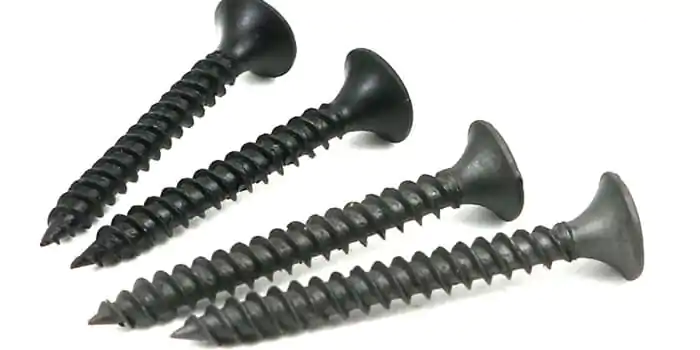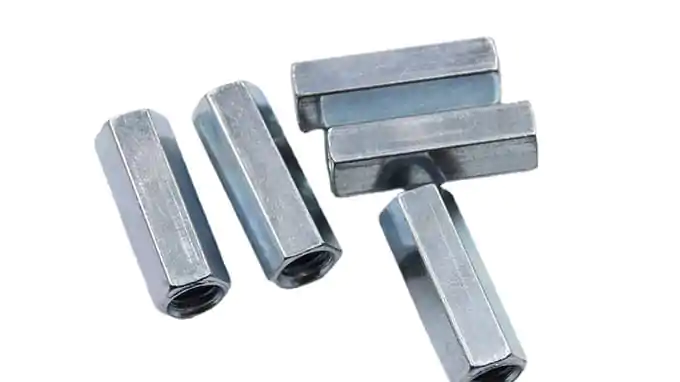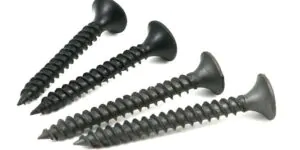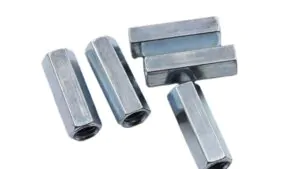Many engineers and buyers confuse hex bolts with hex cap screws. This common mix-up can lead to the wrong product selection in high-stakes applications. In this guide, I’ll help you quickly understand their core differences so you can select the right fastener every time.
The real difference between a hex bolt and a hex cap screw lies in two structural features: the cap screw has a bearing surface (also called a washer face) under the head and a chamfered end (point), while the hex bolt does not. These design details improve alignment, load distribution, and reduce the chance of cross-threading—making cap screws more suitable for precision assemblies.
Let’s explore the key differences in detail and how to choose the right fastener for your needs.
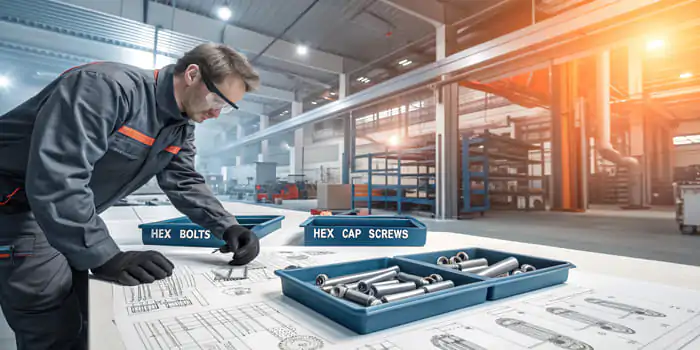
What Is the Core Difference Between a Hex Bolt and Hex Cap Screw?
Though hex bolts and hex cap screws may look alike at first glance, they are not interchangeable in high-precision applications. Here’s how they differ:
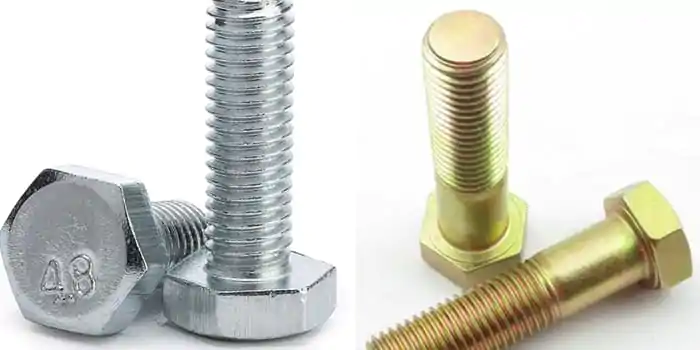
1. Bearing Surface (Washer Face)
- Hex Cap Screw: Has a built-in washer face under the head to distribute load and prevent damage to mating surfaces—especially critical for soft materials or tight assemblies.
- Hex Bolt: Lacks this surface and requires an external washer if load distribution is needed.
2. Chamfered End (Point)
- Hex Cap Screw: Has a chamfered tip that helps with alignment and reduces cross-threading during installation.
- Hex Bolt: Usually has a flat end, offering no threading guidance.
These two features—washer face and chamfered end—are exclusive to cap screws and help reduce assembly time, improve precision, and prevent failures.
3. Tolerances and Under-Head Radius
- Hex Cap Screws: Manufactured with tighter tolerances, ensuring consistent performance in applications where alignment and strength are critical.
- Hex Bolts: Have wider tolerance ranges, especially in under-head radius and shank diameter. While this makes them more forgiving in structural applications, it also means they may not perform consistently in assemblies designed for cap screws.
Important Note: Cap screws can often replace hex bolts. But using a hex bolt where a cap screw is specified can lead to performance issues or misalignment due to looser tolerances.
4. Application Use Cases
- Hex Cap Screws: Precision machinery, OEM assemblies, Automotive components, Thin/soft material joints
- Hex Bolts: Structural steel fabrication; General construction,Heavy equipment,Low-cost/high-strength applications
4. Application Use Cases
5. Installation Method (Clarified)
- Both fasteners use hex heads and can be installed with a wrench.
- Hex bolts are typically used with a nut and pass through materials.
- Hex cap screws are often installed into tapped holes, without needing a nut.
- ⚠️ However, installation method alone is not a defining difference—it’s the design features that set them apart.
6. How to Choose the Right One?
| Scenario | Best Choice | Reason |
|---|---|---|
| You need consistent alignment and fit | Hex Cap Screw | Tighter tolerances and washer face |
| You’re working with tapped holes | Hex Cap Screw | No nut required, better seating |
| You need maximum joint strength with nut | Hex Bolt | Better for heavy clamping |
| Your project involves soft materials | Hex Cap Screw | Washer face protects surface |
| You’re sourcing for construction or infrastructure | Hex Bolt | Robust, cost-effective |
| You’re building machinery or equipment | Hex Cap Screw | Precision manufacturing needed |
At Hengrui, we guide clients in selecting the ideal fastener based on both technical needs and budget constraints. Our OEM-grade hex cap screws and structural-grade hex bolts are made to meet international standards with customizable materials.
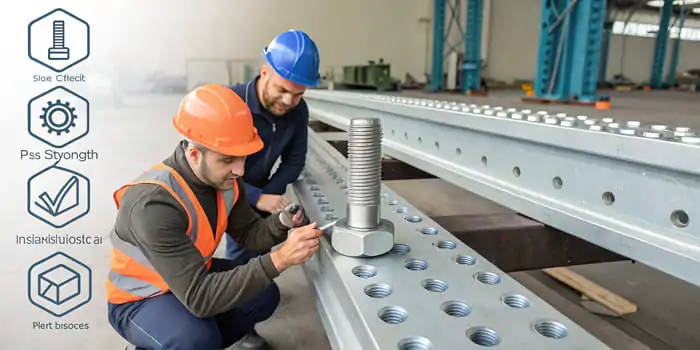
FAQ – Common Questions About Hex Bolts and Cap Screws
What is the difference between a hex bolt and a hex set screw?
Hex bolts are partially threaded with a solid shank, while hex set screws are fully threaded. Hex bolts are stronger and better suited for structural use, while set screws are used to secure objects within a shaft or socket.
Are hex bolts the same as hex cap screws?
No. While they may look alike, cap screws have a washer face and chamfered end, with tighter tolerances. Bolts do not, and their looser tolerances make them unsuitable for precision assemblies.
Can I use a hex bolt in place of a cap screw?
Generally not recommended. A hex bolt’s wider tolerances and lack of washer face can compromise assemblies requiring cap screws. Cap screws can replace bolts, but not always vice versa.
What is a hex cap screw vs. socket head cap screw?
Both are types of cap screws. A hex cap screw has a hexagonal external head; a socket head cap screw (SHCS) has an internal hex drive (Allen head), used when space is limited.
Do both require nuts for installation?
Not necessarily. Cap screws are designed for tapped holes and typically don’t require nuts. Hex bolts usually pass through a component and are secured with a nut.
Conclusion
Whether you’re building wind turbines, assembling machines, or managing structural steel projects, choosing the correct fastener is critical. Use hex bolts for strength, and cap screws for precision.
At Shanghai Hengrui Industry Co., Ltd, we manufacture high-performance hex bolts and cap screws for OEMs and industrial contractors across North America, Europe, and Asia.


